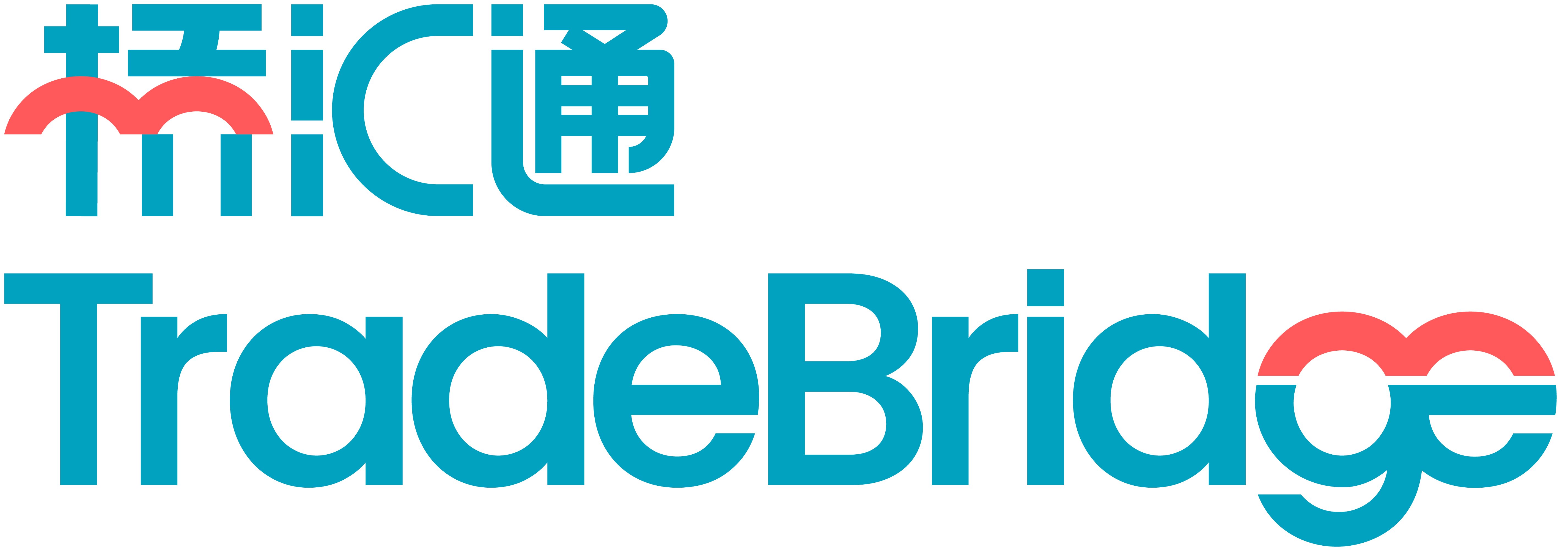

Liquidity and the culture of blame
Business liquidity and the culture of blame.

When blame enters a company’s culture, it can be damaging, especially when this blame exists at a very senior level.
And as in a marriage, money is very often the cause of this type of destructive dialogue.
When business liquidity is under pressure, the board’s focus turns from strategic initiatives to managing day-to-day conflicting interests. The lack of flexible working capital will almost inevitably lead to difficult conversations (around the need to delay payment to key suppliers, for example), and may lead to the board deciding to defer key initiatives or opportunities that are vital for the organisation’s future.
If blame is apportioned during this process, the person most often in the firing line is the CFO.
What is blame, and why does it matter?
The notion of blame is a strange thing.
It’s easy to blame an inanimate object, situation or dumb animal – for example if we were to say that Hurricane Hugo was to blame for the destruction of Charleston’s harbour, or that the cat is to blame for knocking over a vase.
But this type of blame contrasts significantly with the interpersonal blame that can surround a complex business issue. If a new and potentially lucrative contract is on offer, with the opportunity to drive significant revenue, but the client is demanding payment terms of 120 days, whose fault is it when working capital constraints mean the opportunity has to be passed?
The sales director, for not negotiating better terms?
Or the CFO, for not having the requisite working capital flexibility to accommodate this?
Is the CFO really at fault when the business has to extend creditor days due to a lack of working capital? Or is this the result of a lack of foresight across the whole board?
From the board’s perspective, the “fault” is quickly forgotten when the business returns to liquidity (assuming that it does!) But what can the CFO do to ensure the problem does not crop up in the first place?
To answer this, we’ll take a look at three scenarios where liquidity is most often pinched.
Scenario 1: A new customer demands extended payment terms

Imagine an established mid-sized business, typically working with customers on 30-day payment terms, with working capital tools (invoice discounting and a business overdraft) in place to manage this.
They are offered two potential and very large contracts, at Rolls-Royce and Google. Google dictate 60-day terms, and Rolls-Royce insist on 75 days.
From a business growth perspective, the opportunity to work with two such high profile clients is huge – a “not-to-be-missed” opportunity.
But from a working capital perspective, the business is faced with some difficult choices to fund the growth.
Failure to plan typically will cause problems, with the CFO most often held to blame.
Scenario 2: A strict payment policy restricts all but a handful of key suppliers
Most large businesses typically optimise their internal payments function by processing just one (or at most two) payment runs each month.
This can cause huge problems for a critical contractor who misses the invoicing deadline by even just an hour, and who must wait an additional 30 days for payment.
Such practice will cause stress and conflict between the company and its suppliers, and inevitably, the finance team (and even the FD or CFO) will get involved in sorting the problems out.
This is time-consuming and stressful, and often leads to a culture of blame.
Scenario 3: The seasonal business

From toys to bath bombs, retail to construction, many sectors face peaks and troughs in demand. Any business with significant upfront costs (such as a wholesaler gearing up for Christmas) is likely to experience a huge dip in liquidity, followed by a peak, as sales come in all at once.
A traditional invoice discounting facility might be able to balance out these dips, but typically comes at a fixed cost throughout the year, and is often too late if suppliers need to be paid before goods are delivered and invoiced to the end customers.
More often the reality is that the accounts manager is juggling supplier payments, whilst the FD is under pressure to balance the cash gap – and all without damaging important supplier relationships.
Too often, the rest of the board remain blissfully unaware until a key supplier kicks up a storm at the delayed payment terms.
Once again, all eyes turn to the CFO.
Impact on business
One of Woodsford TradeBridge’s earliest clients was a construction firm whose lack of working capital flexibility created exactly this type of stress and conflict and this contributed to a culture of blame.
In this successful business, rapid growth led to the business’s cash position being squeezed. As a result, the business started to pay valued subcontractors later and later. In turn, many of the best suppliers refused to work with them, choosing instead to deal with construction businesses that were able to commit to 30-day payment terms.
The pressure on the head of construction, in this instance, was immense, leading to conflict with the board on numerous occasions.
“How can I hit my targets if I’m forced to work with expensive and inflexible suppliers? The good ones won’t work with us any more!”, was his regular complaint.
Many businesses are constrained by liquidity, whether as a symptom of rapid growth, or because of the more day-to-day need to balance out payment terms between clients and suppliers.
When this happens, there is always a business impact.
If the CFO says “yes” to a decision that will squeeze working capital, it will inevitably lead to stress and pressure on internal relationships.
Yet if he says “no”, this can lead to compromise up or down the supply chain, resulting in stress and pressure on relationships either with suppliers, or with clients.
Either way, failure to plan may equate to planning to fail, with all eyes on the CFO when things start to go wrong.
6 reasons NOT to use your suppliers as a flexible overdraft facility
To improve working capital, many businesses lean on their suppliers as an unofficial line of credit. Here are six reasons why this is a very bad idea:
-
Your reputation in the market– it can be extremely difficult to repair a reputation as a bad payer, which may make it difficult to attract the best talent, suppliers or subcontractors in the future, or to retain the loyalty of existing ones.
-
Workload – when you consistently pay suppliers late, your accounts team can expect additional calls and emails chasing payment.
-
Credit insurance – when late payment is brought to the attention of your credit insurer, they are likely to investigate. At best, this will require time to manage the problem, and at worst, insurance facilities may be reduced or removed entirely.
-
Loss of a critical subcontractors – if a valuable subcontractor votes with his feet, they can be hard to replace, especially in a competitive marketplace.
-
Poor payment terms – if you are consistent in paying suppliers, then you can often get away with extended payment terms. A supplier will invariably prefer a definitive 45-day payment, to the uncertainty of settlement at some point between 30 and 90 days, depending on cashflow.
-
Loss of negotiating power – strong supplier relationships allow you to negotiate discounts, added value or a “better deal” in some other way. Inconsistent and late payment will make this difficult, if not impossible.
Changing the conversation
A smarter solution would be to ensure that the business always has working capital flexibility.
Easier said than done?
With the draw-down on invoice discounting inevitably lower than promised at the outset, and finance already secured against business assets, this can be a challenge. But with supply chain finance, which remains typically unsecured (even in food, manufacturing and retail), a CFO can deliver the working capital needed, and be hero not villain.
When blame is subjective, the reality is that it can be both forgiven and forgotten.
Unlike the cat that broke the vase, the CFO can stick things back together and not just fix the situation but make things better than they were beforehand.
To do this, a comprehensive set of working capital tools is needed, with supply chain finance typically the most flexible of them all.


